Resource Center

Resource Center
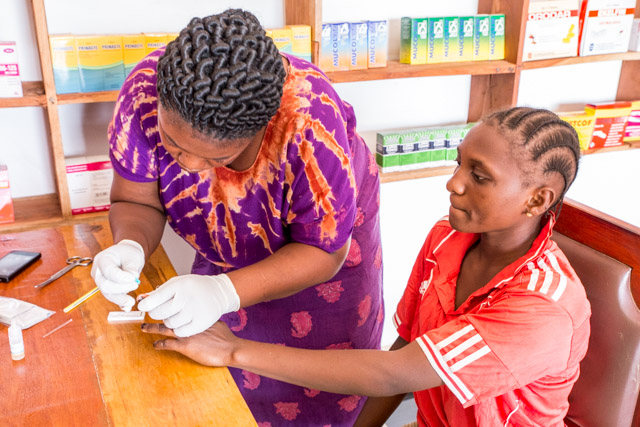
Today is World Malaria Day, an international observance commemorated every year to recognize global progress in the fight against malaria. Although great successes have been achieved since the early 2000s, malaria still contributes to over 400,000 deaths annually. Approximately half of the more than 200 million global cases of malaria, and hundreds of millions of...
Read more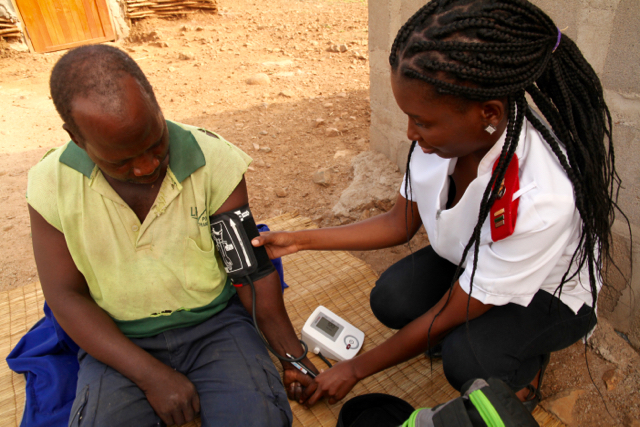
Across many malaria endemic countries, a large proportion of children affected by febrile illness seek first treatment in the private sector. Yet quality-assured commodities to diagnose or treat malaria are often not available or affordable to patients. In many cases, patients are sold anti-malarials without receiving a confirmatory malaria diagnosis, resulting in over-treatment and potentially...
Read more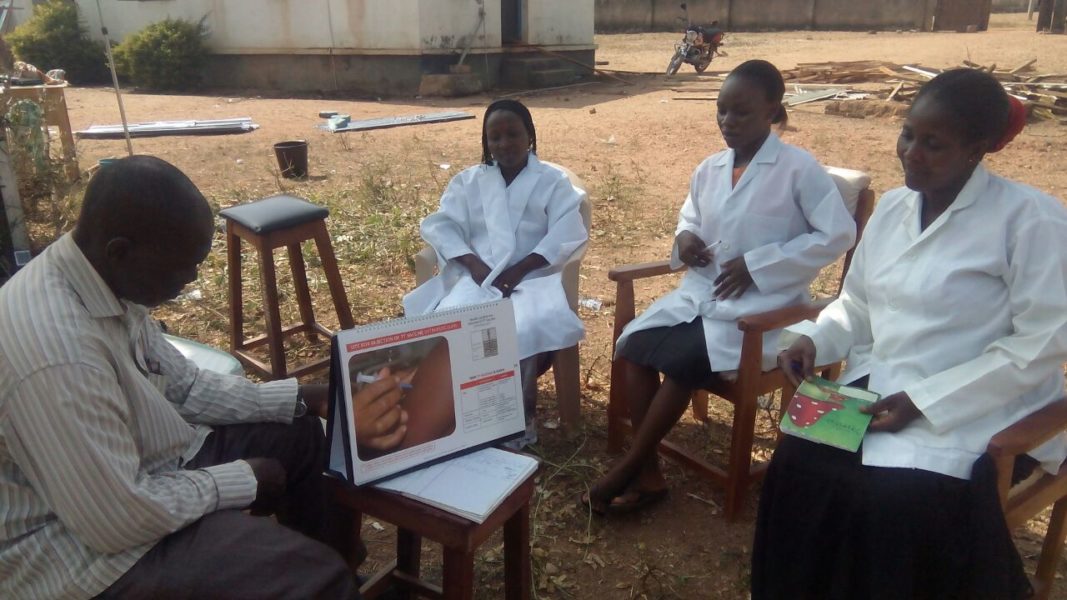
Every day at primary health centers across Nigeria, the Officer In-Charge (OIC) manages the routine immunization (RI) program, which ensures that hundreds of children under the age of one safely receive their required vaccinations at the right time. The OIC’s role is dynamic. In addition to the management of all programs at the center, the...
Read more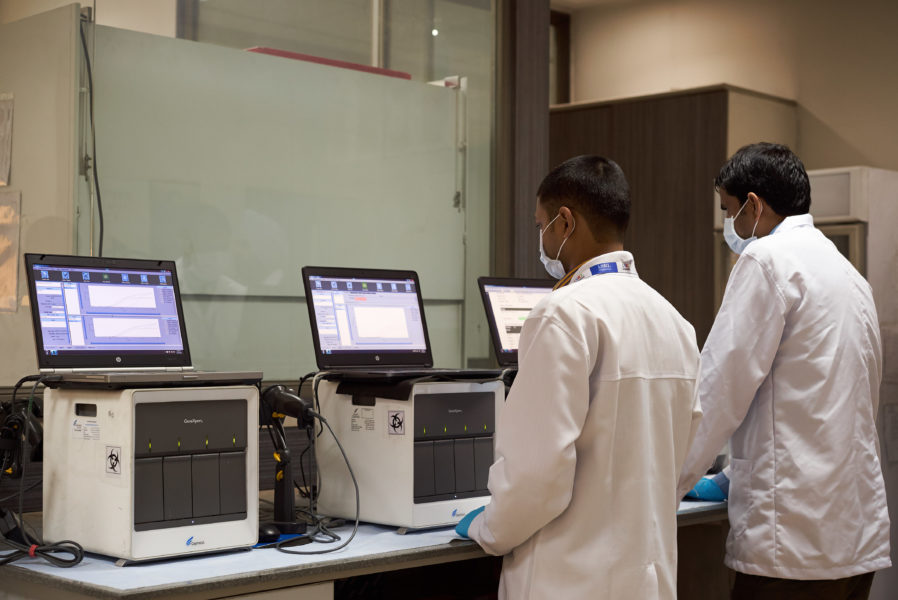
“Integration and optimization are at the cutting edge of where diagnostic innovation is going to be in the next few years. The question is, how do we get there?”— Trevor Peter, Senior Scientific Director of Diagnostics Services for the Clinton Health Access Initiative, Inc. (CHAI) Access to diagnostic services is critical for providing patients with...
Read more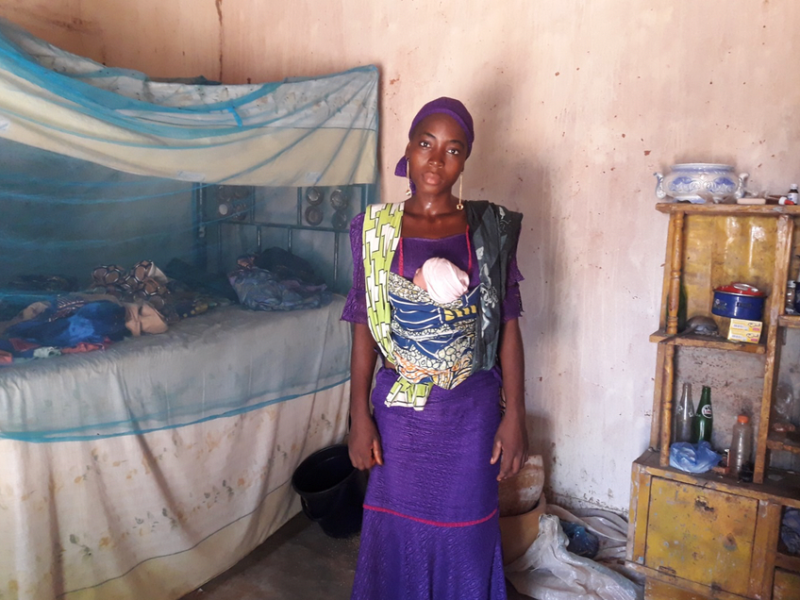
Each year, CHAI has the privilege of working with many incredible women who are transforming healthcare in their countries, as doctors, nurses, administrators, midwives, advocates, and more. To celebrate International Women’s Day 2019, we are sharing the stories of three women who have previously been featured on our blog. We are impressed by what they...
Read more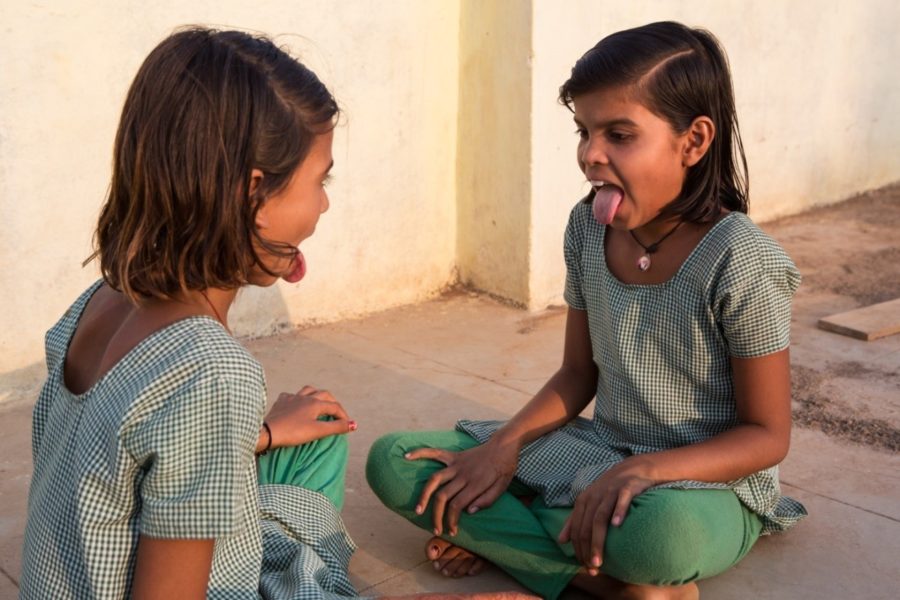
Neera Soni picks her way down a muddy road and out of the village, back to her motorbike. She still has two more stops to make, both miles apart. When she arrives at the next village, a group of adolescent girls are waiting for her at the Anganwadi center, the local health and education hub...
Read more
Every year, 9.6 million people die of cancer globally. The vast majority—70 percent— live in low- and middle-income countries, where a person diagnosed with cancer is roughly 2.2 times more likely to die than in the United States. Many of the cancers that are lethal in low- and middle-income countries are highly preventable, such...
Read more
We are working with partners to transform the cold chain equipment market to increase access to affordable, optimal technology that is needed to protect about $1 billion worth of vaccines annually from damage due to exposure to freezing temperatures. Read through our case study to learn about how we are helping impact the refrigerator market...
Read more
In 2019, updates to historical datasets were made upon consultation with relevant current suppliers, including the addition of a new supplier’s data. Please find the most up-to-date report here. The 2018 Family Planning Market Report can be found below.
Read more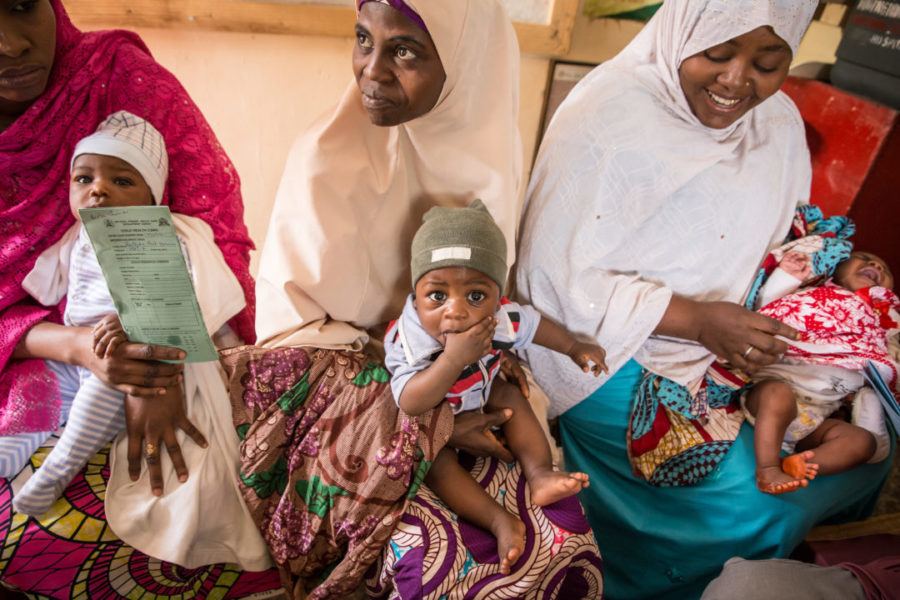
CHAI is proud of the progress we have made, in partnership with governments and other organizations, and with support from our donors, to address health issues in low- and middle-income countries in 2018. As we embark on a new year, we are looking back at some of the highlights from our work in 2018, as...
Read more



